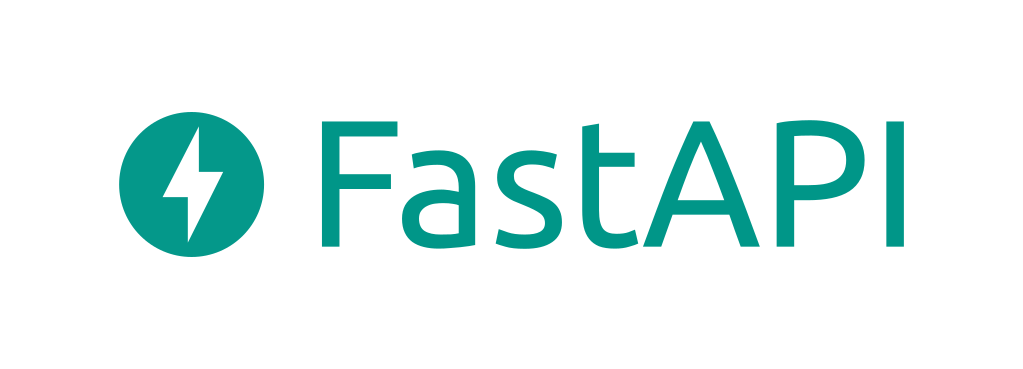Boost Efficiency
Employees spend 19% of their time searching and and gathering information. Language model can assist at a variety of tasks, increasing the efficiency and accelerating the productivity of knowledge workers.
Is this report compliant with our firm’s policies?
The report contains sensitive data which according to own firm’s data protection policy disallows redistribution.
Remove sensitive data from the report
Your Data
Use AI with your data.
Your Infrastructure
On-Premise or Community-Cloud
Tailormade for your Corporation
Cortecs AI offers custom natural language understanding (NLU) solutions tailored to your specific business needs. By utilizing your own data and infrastructure, our NLU models learn your about your specific domain, providing more accurate and insightful results. You can maintain full control over your data and ensure the highest level of security by deploying our solutions on your own infrastructure.









